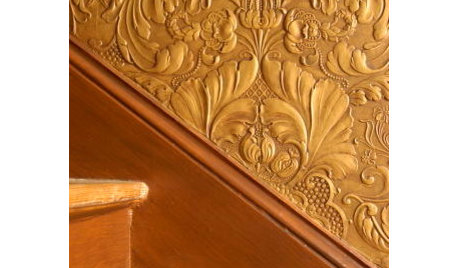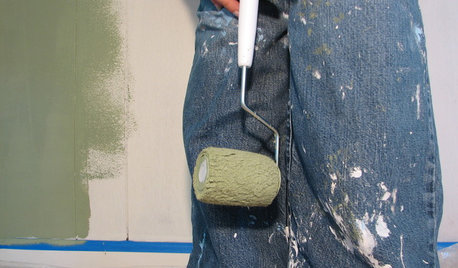Killing Brush-Help!
fiddlin_joe
19 years ago
Related Stories

PETSHow to Help Your Dog Be a Good Neighbor
Good fences certainly help, but be sure to introduce your pup to the neighbors and check in from time to time
Full Story
REMODELING GUIDESWisdom to Help Your Relationship Survive a Remodel
Spend less time patching up partnerships and more time spackling and sanding with this insight from a Houzz remodeling survey
Full Story
HOUSEPLANTS8 Houseplants You Can't Kill
They're forgiving and let you forget. Houseplants don't get any easier than this
Full Story
MOST POPULARThe Perfect Houseplant for People Who Kill Houseplants
If you can fill a jar with water, you can keep golden pothos vine happy — and it will pay you back with cleaner air and a greener home
Full Story
DECORATING GUIDESBrush Up on Paintable Wallpaper for a Posh Look
Customize your wall treatments the affordable way, with richly textured wallpaper painted any color you like
Full Story
PAINTINGHelp! I Spilled Paint on My Clothes — Now What?
If you’ve spattered paint on your favorite jeans, here’s what to do next
Full Story
SELLING YOUR HOUSE10 Tricks to Help Your Bathroom Sell Your House
As with the kitchen, the bathroom is always a high priority for home buyers. Here’s how to showcase your bathroom so it looks its best
Full Story
LIFEDecluttering — How to Get the Help You Need
Don't worry if you can't shed stuff and organize alone; help is at your disposal
Full Story
BATHROOM WORKBOOKStandard Fixture Dimensions and Measurements for a Primary Bath
Create a luxe bathroom that functions well with these key measurements and layout tips
Full StoryMore Discussions








john_mo
pondwelr
Related Professionals
Beavercreek Landscape Architects & Landscape Designers · Clemson Landscape Architects & Landscape Designers · Allentown Landscape Contractors · Flagstaff Landscape Contractors · Fort Atkinson Landscape Contractors · Kailua Landscape Contractors · West Covina Landscape Contractors · Wilton Landscape Contractors · Golden Valley Landscape Contractors · League City Fence Contractors · Tempe Fence Contractors · Castle Rock Siding & Exteriors · Poway Siding & Exteriors · Springfield Siding & Exteriors · North Reading Siding & Exteriorsjoepyeweed
Jasper_Storm
liz-2010
kimka